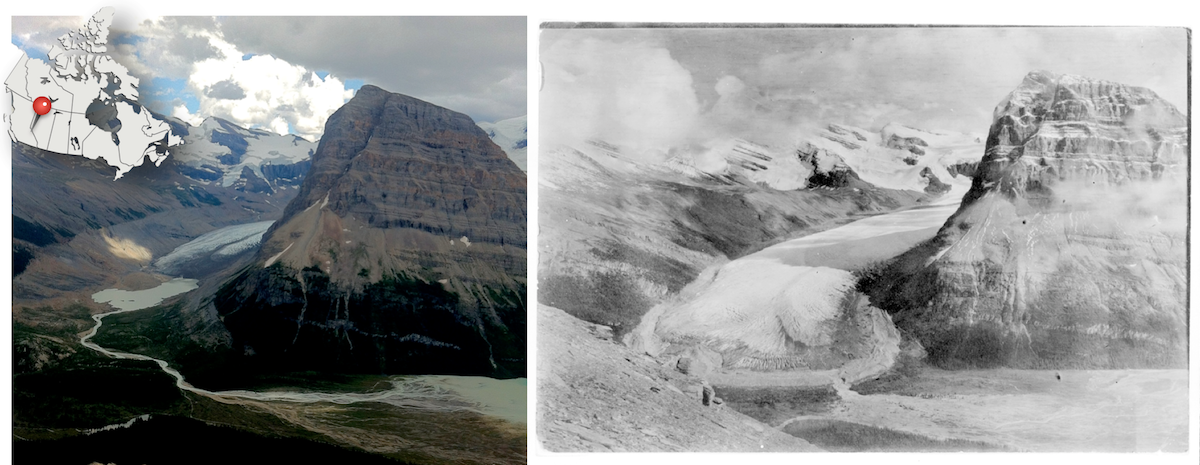1.1 What Is Geology?
Geologists study Earth — its interior and its exterior surface, the rocks and other materials around us, and the processes that formed those materials. They study the changes that have occurred over the vast time-span of Earth’s history, and changes that might take place in the near future.
Geology is a science, meaning that geological questions are investigated with deductive reasoning and scientific methodology. Geology is arguably the most interdisciplinary of all of the sciences because geologists must understand and apply other sciences, including physics, chemistry, biology, mathematics, astronomy, and more.
An aspect of geology that is unlike most of the other sciences is the role played by time — deep time — billions of years of it. When geologists study the evidence around them, they are often observing the results of are observing the results of events that took place thousands, millions, and even billions of years in the past, and which may still be ongoing. Many geological processes happen at incredibly slow rates — millimetres per year to centimetres per year — but because of the amount of time available, tiny changes can result in expansive oceans forming, or entire mountain ranges being worn away.
Geology on a Grand Scale in the Canadian Rocky Mountains
The peak on the right of the photographs in Figure 11.2 is Rearguard Mountain, which is a few kilometres northeast of Mount Robson. Mount Robson is the tallest peak in the Canadian Rockies, at 3,954 m. The large glacier in the middle of the photo is the Robson Glacier. The river flowing from Robson Glacier drains into Berg Lake in the bottom right.
Many geological features are shown here. The rocks that these mountains are made of formed in ocean water over 500 million years ago. A few hundred million years later, the rocks were pushed east for tens to hundreds of kilometres, and thousands of meters upward in a great collision between Earth’s tectonic plates.
Over the past two million years this area, like most of the rest of Canada, has been repeatedly covered by glaciers that scoured away rocks to form the valley to the left of Rearguard Mountain. The Robson Glacier itself is now only a fraction of its size during the Little Ice Age of the 15th to 18th centuries. And, like almost all other glaciers on Earth, it is now receding even more rapidly because of climate change. Figure 11.2 (right) taken around 1908 by the Canadian geologist and artist Arthur Philemon Coleman, gives an indication of how much the glacier has receded in the last hundred years.

Geology is about understanding the evolution of Earth through time. It is about discovering resources such as metals and energy, and minimizing the environmental implications of our use of resources. It is about learning to mitigate the hazards of earthquakes, volcanic eruptions, and slope failures. All of these aspects of geology, and many more, are covered in this textbook.
References
Victoria University Library (2009) A. P. Coleman Exhibition. Retrieved 25 August 2017. Visit the website

